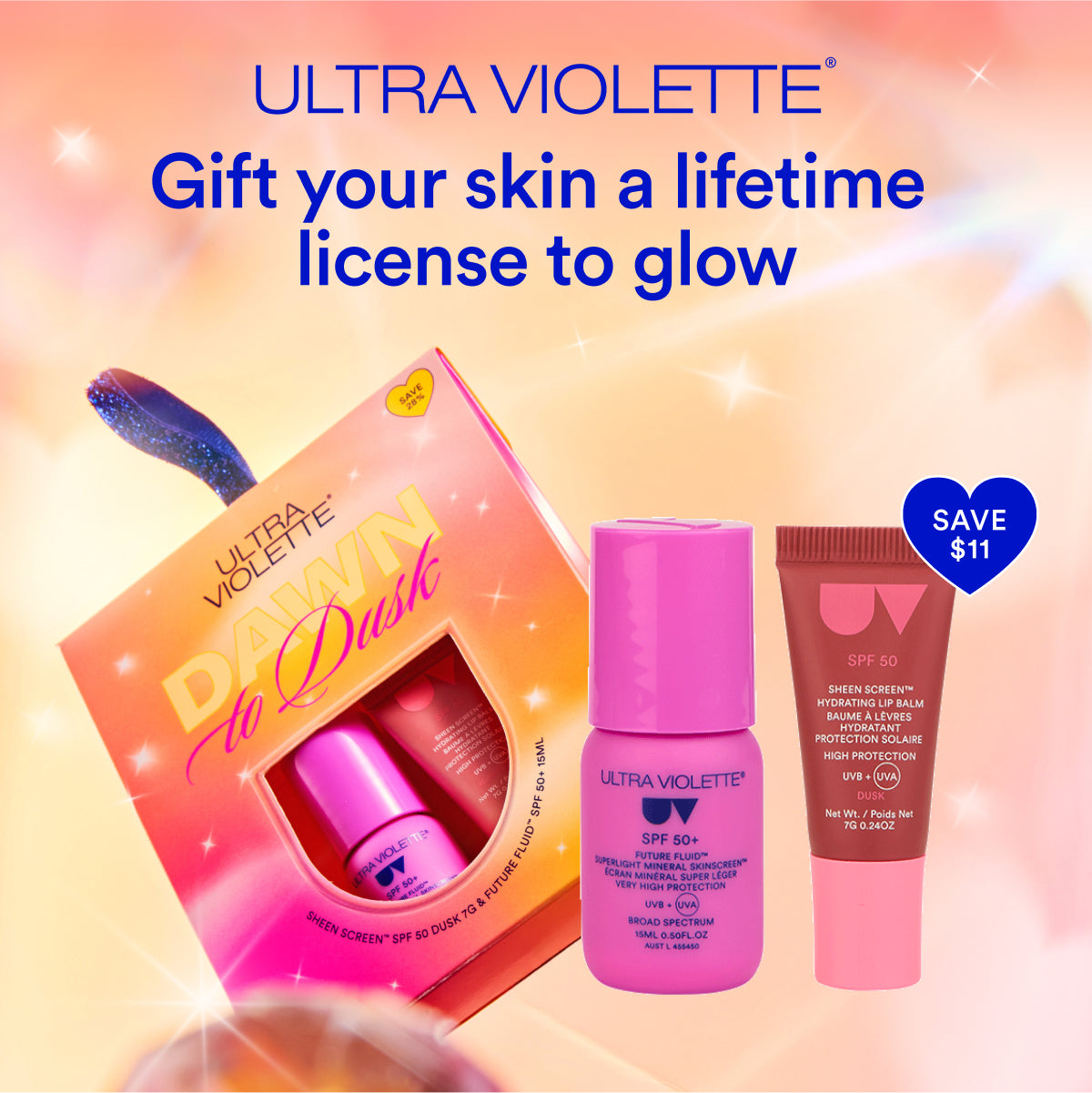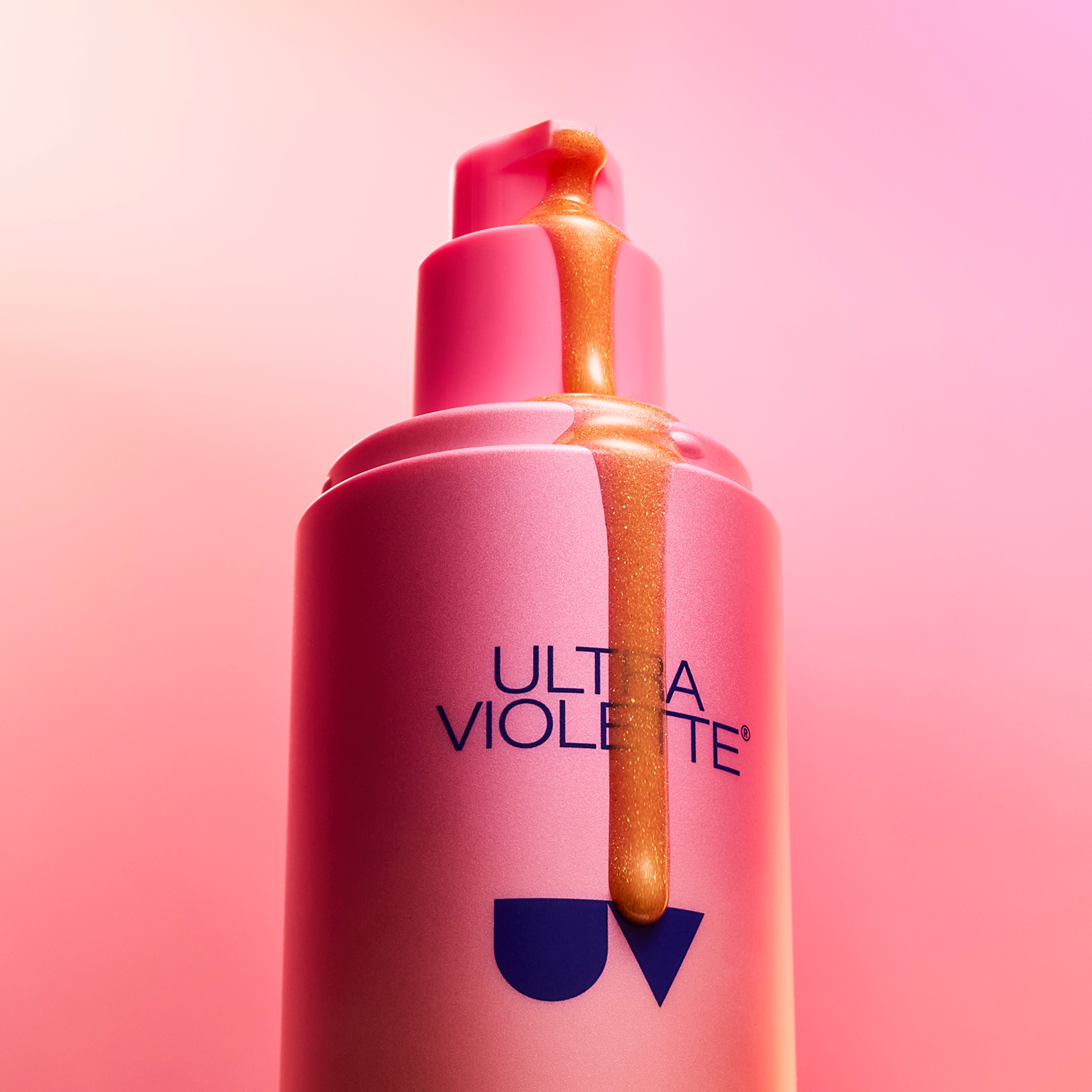In Vivo Testing – On Human Skin
The most widely used method for determining SPF is ISO 24444, an in vivo (on human skin) test.
It might be hard to believe, but SPF isn’t determined by machines — it’s tested on real human volunteers under controlled lab conditions. A technician applies a precise amount of sunscreen to a small patch of skin on each participant’s back, alongside areas left untreated or treated with a reference sunscreen (a product with a known SPF rating). The skin is then exposed to carefully measured doses of UV light, and researchers observe how long it takes for redness (erythema) to appear. The result, called the Minimum Erythemal Dose (MED), is compared between protected and unprotected skin. From this, scientists calculate the SPF value — showing exactly how much longer the sunscreen can protect your skin from burning compared to wearing no protection at all.
Here’s the process, step by step:
- Participants are recruited – volunteers must meet certain requirements to be included in the study
- Product application – a technician applies the sunscreen at 2 mg per cm² to a patch of skin on the participant’s back (at least 30 cm²). This area is then divided into at least 5 distinct areas or ‘subsites’ for testing.
- UV exposure – controlled doses of UV light are applied to the sunscreen-covered areas and to one area left unprotected with no product applied.
- Assessment – the next day a different technician assesses the skin for redness (erythema). The lowest UV dose that causes clear redness on each patch of skin is called the minimum erythemal dose (MED).
- Calculating SPF – the SPF for each participant is calculated by dividing the MED of the test product (protected skin) by the MED of the unprotected skin.
- Final rating – the SPF rating on packaging is the average of at least 10 participants results.
Ultra Violette is based in Australia, where we use ISO 24444 which is the current international gold standard for SPF testing.
In Vitro Testing – In the Lab
In addition to SPF testing on human skin, all Ultra Violette products are also assessed for UVA protection. This is essential for any sunscreen that claims to be broad spectrum (protecting against both UVB and UVA rays). To meet this requirement, our SKINSCREENS™ undergo ISO 24443, an in vitro (lab-based) test that doesn’t involve human participants.
Here’s the process, step by step:
- Application – The sunscreen is applied at a standard amount (1.2–1.3 mg per cm²) to a special plate
- UV exposure – A spectrophotometer, which then measures how much light is absorbed vs passes through the sample.
- Results – The process produces two key results:
- Critical wavelength – a measure of where the area under the curve created by graphing the study hits 90%. For a product to be ‘broad spectrum’, this must be greater than 370 nm.
- UVA Protection Factor (UVAPF) – this score must be at least one-third of the labelled SPF in order for the product to be broad spectrum.



